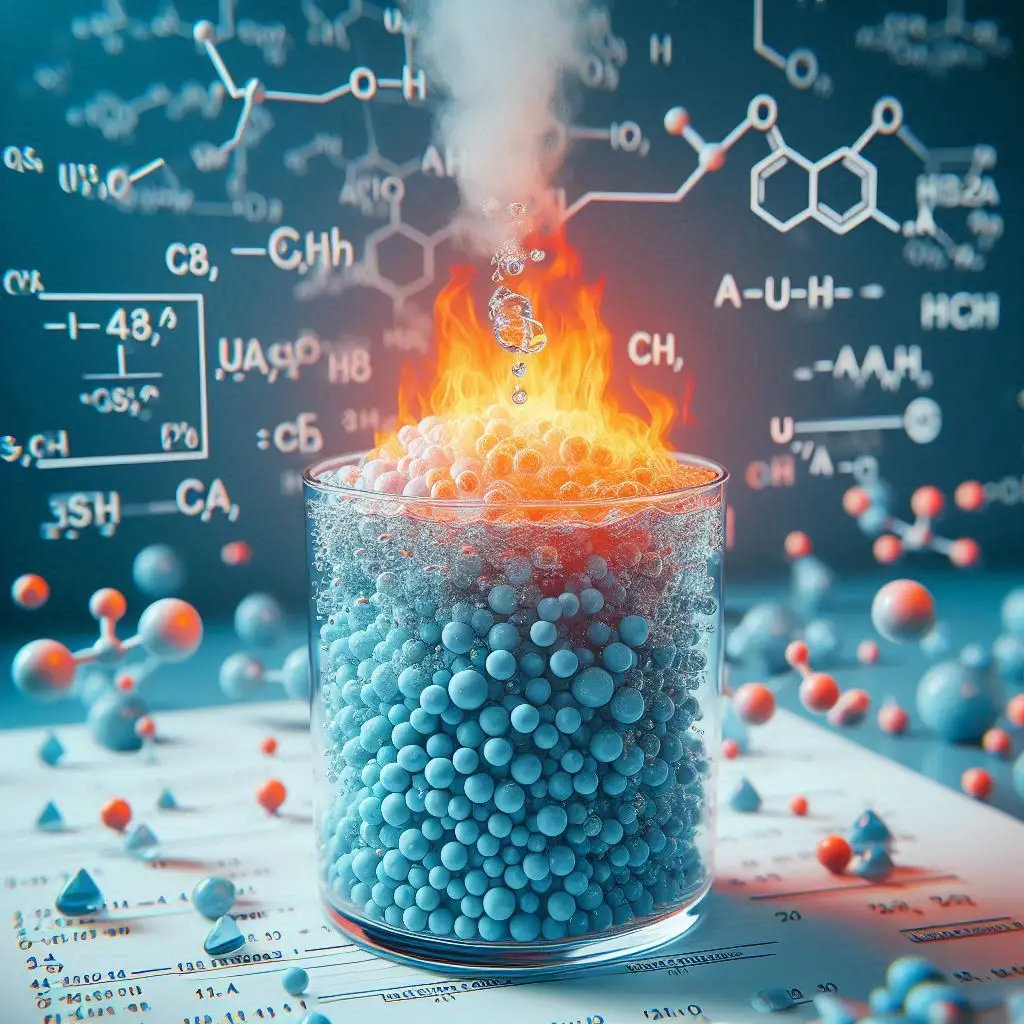
Urea Decomposition Temperature in Water: Equation and Thermal Properties
Introduction
Urea, a nitrogen-rich organic compound, plays a significant role in various industries, from agriculture to wastewater treatment. Understanding the decomposition of urea, particularly its behavior in water and under thermal conditions, is essential for optimizing its use. This article delves into the factors affecting urea decomposition, focusing on the decomposition temperature in water, the chemical processes involved, and the applications of this reaction. We will also explore the thermal decomposition of urea and its potential uses in industrial processes.
Urea Decomposition Temperature in Water
The decomposition of urea in water is primarily governed by the temperature, pH, concentration, and the presence of catalysts. These factors influence the rate of hydrolysis and the overall decomposition process. Urea hydrolysis is a chemical reaction that breaks down urea into ammonia (NH3) and carbon dioxide (CO2), and it typically accelerates with increasing temperature.
At higher temperatures, the rate of urea hydrolysis increases, making the process faster. An alkaline environment further enhances this reaction, while acidic conditions slow it down. The temperature at which urea decomposes in water can vary based on the concentration and specific conditions of the urea solution.
Urea hydrolysis is an exothermic process, meaning it releases heat. In certain industrial applications, the heat produced by this reaction is harnessed to maintain optimal conditions, such as in the curing of concrete during cold weather.
Urea Decomposition Equation in Water
The hydrolysis of urea in water follows a simple chemical equation:
CO(NH2)2 + 2H2O → 2NH3 + CO2
In this reaction, urea reacts with water to produce ammonia (NH3) and carbon dioxide (CO2). This reaction is catalyzed by the enzyme urease, which lowers the activation energy, speeding up the decomposition process.
The breakdown of urea in water is vital for several biological and environmental processes. It plays a crucial role in the nitrogen cycle, as ammonia produced during hydrolysis is a valuable nutrient for plants. Moreover, urea breakdown is significant in wastewater treatment, where it helps reduce nitrogen levels, preventing contamination of natural water bodies.
Thermal Decomposition of Urea Equation
The thermal decomposition of urea occurs when heat is applied, resulting in a different set of products. Unlike hydrolysis, this is an endothermic process, meaning it requires heat to proceed. The thermal decomposition of urea can be represented by the following chemical equation:
CO(NH2)2 → 2NH3 + HNCO
When heated, urea decomposes into ammonia (NH3) and isocyanic acid (HNCO). Isocyanic acid is unstable and can further decompose into cyanate or cyanic acid, which may react with other substances in specific conditions.
The thermal decomposition of urea typically begins around 150°C (302°F), with the rate of decomposition increasing as the temperature rises. This process is widely used in industrial applications such as the production of melamine and the reduction of nitrogen oxide emissions using selective catalytic reduction (SCR) techniques.
Urea Decomposition in Water: Industrial Applications
Understanding urea decomposition, particularly in water, has practical applications in many industries. One of the primary uses of urea in water is in the agricultural sector, where it is used as a nitrogen-rich fertilizer. When applied to soil, urea hydrolyzes into ammonia, which plants absorb as a key nutrient for growth.
Urea decomposition is also crucial in wastewater treatment, where it helps reduce nitrogen content in the water, preventing eutrophication in lakes and rivers. In biochemistry, urea's ability to denature proteins by breaking hydrogen bonds is used extensively in protein research and analysis.
Urea Decomposition Temperature in Water: Environmental Impact
The environmental impact of urea decomposition is significant. The process of hydrolysis produces ammonia, which, if not managed properly, can contribute to environmental issues such as soil acidification and the eutrophication of water bodies. In agricultural practices, urea is carefully managed to prevent excess nitrogen from entering waterways.
By understanding the factors that influence urea decomposition, industries can optimize its use while minimizing its environmental footprint. This knowledge is particularly important in reducing nitrogen emissions and managing waste products in both industrial and agricultural processes.
Conclusion
The decomposition of urea in water and its thermal decomposition are fundamental chemical processes with wide-ranging applications. From agricultural fertilizers to wastewater treatment, understanding how temperature, pH, concentration, and catalysts affect urea breakdown is crucial for optimizing its use. Both the hydrolysis of urea in water and its thermal decomposition have significant roles in industrial applications and environmental management. As industries continue to rely on urea for various purposes, improving our understanding of these processes will help mitigate environmental impacts and enhance efficiency in chemical reactions.
Furthermore, the role of urea decomposition in reducing nitrogen oxide emissions through selective catalytic reduction (SCR) highlights its importance in controlling air pollution. In agricultural settings, proper management of urea fertilization ensures that nitrogen is effectively utilized by plants while minimizing runoff that can contribute to water pollution. Similarly, in wastewater treatment, urea decomposition aids in reducing harmful nitrogen compounds, improving water quality.
Advancements in chemical research continue to explore new ways to optimize urea decomposition for industrial and environmental benefits. Sustainable practices, such as controlled-release fertilizers and improved catalytic methods for decomposition, can help maximize efficiency while minimizing negative ecological effects. As scientific understanding deepens, industries can implement more effective solutions for managing urea-related processes. Ultimately, a well-balanced approach to urea utilization can lead to greater sustainability, economic benefits, and environmental protection.

